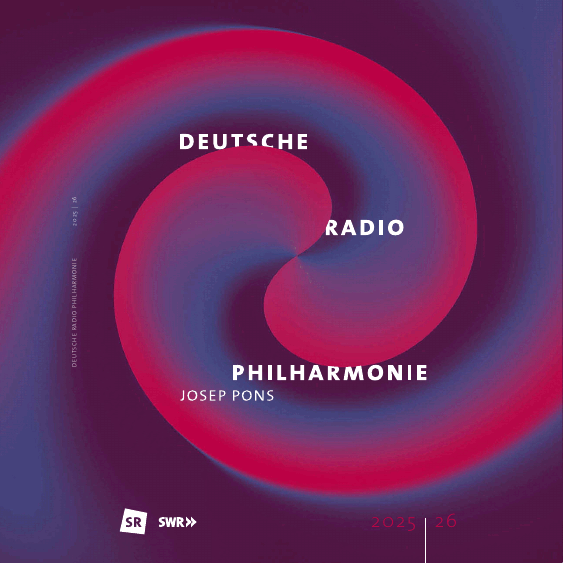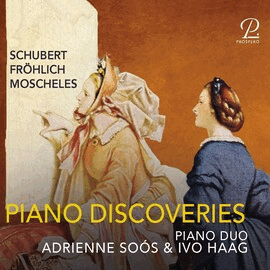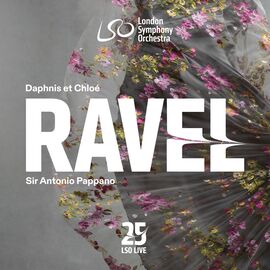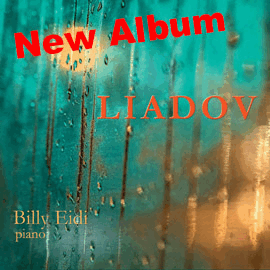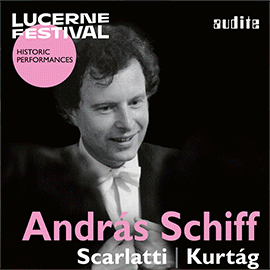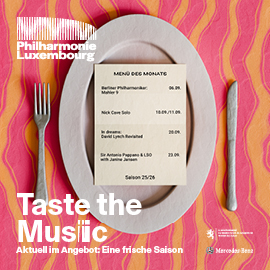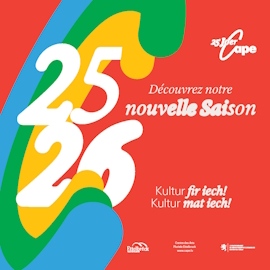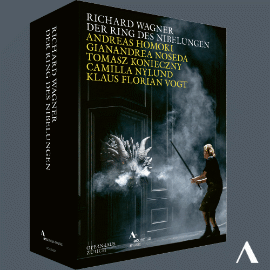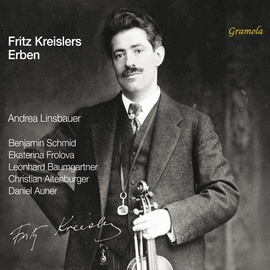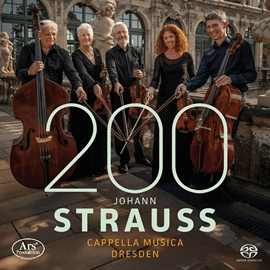Für seine Ballettmusik Daphnis et Chloé, die im Auftrag von Serge Diaghilev komponiert wurde, verwendete Ravel eine Bearbeitung der griechischen Sage durch Longus. Trotz der Unterstützung des Choreographen Mikhail Fokine brauchte der Komponist lange, um diese Komposition zu schreiben, die er ‘choreographische Symphonie’ nannte und die Diaghilev eher ‘symphonisch’ als ‘choreographisch’ fand.
Die vielen guten Interpretationen kann man einerseits in die dramatischen und leidenschaftlichen (Monteux, Munch, Nagano, und, streng sowie scharf, Boulez), andererseits die sensuelleren einteilen (Chung, Chailly). Pappano gehört auch in diese Kategorie.
Im Gegensatz zu den meisten Interpreten legt er weniger Wert auf Dramatik als auf Nachdenklichkeit, Träumerei und Sinnlichkeit, er lässt die Phantasie arbeiten, anstatt sie mit fertigen Leinwänden zu konfrontieren. Die Tempi sind eher langsam, aber nie schwerfällig, das Orchester klingt weich und schillernd, das ganze sehr mysteriös und oft schattenhaft. Wo Boulez eine rassig-kühle Eleganz sah, bevorzugt Chailly eine sensualistische Schwüle. Selbst im virtuosen Finale gibt es keine orchestralen Kraftentfaltung, sondern einen in Schwebe gehaltenen, wie erotisierten Tanz.
Das Orchester spielt mit feinsten Nuancen, effektvoller Färbung sowie faszinierender Schattierungskunst und serviert uns eine fesselnde, suggestive Erzählung,
Beeindruckend ist der äußerst transparente Chorgesang.
For his ballet music Daphnis et Chloé, commissioned by Serge Diaghilev, Ravel used an adaptation of the Greek myth by Longus. Despite the support of the choreographer Mikhail Fokine, the composer took a long time to write this composition, which he called a « choreographic symphony » and which Diaghilev found more « symphonic » than « choreographic ».
The many good interpretations can be divided into those that are dramatic and passionate (Monteux, Munch, Nagano, and, austere and sharp, Boulez) on the one hand, and those that are more sensual (Chung, Chailly) on the other. Pappano belongs to this category.
In contrast to most interpreters, he places less emphasis on drama than on thoughtfulness, reverie, and sensuality; he allows the imagination to work rather than confronting it with ready-made canvases. The tempos are slow but never ponderous, the orchestra sounds soft and shimmering, the whole thing very mysterious and often shadowy. Where Boulez saw a racy, cool elegance, Chailly prefers a sensualistic sultriness. Even in the virtuoso finale, there is no orchestral display of power, but rather a suspended, erotic dance.
The orchestra plays with the finest nuances, effective coloring and fascinating shading, and serves us a captivating, suggestive narrative,
The extremely transparent choral singing is impressive.



